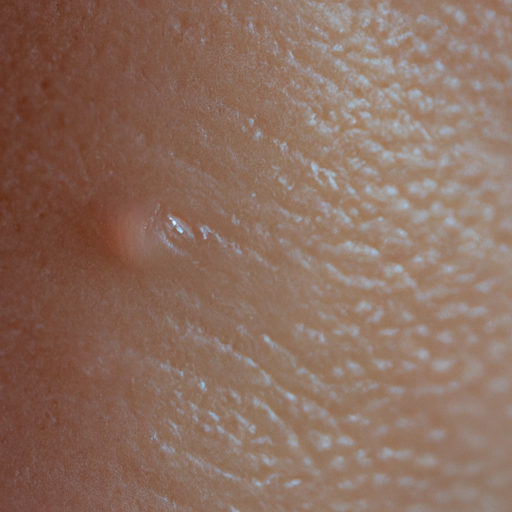As a skincare expert, I am often asked about the best ways to manage oily skin. The struggle with oily skin can be challenging, but with the right knowledge and tools, you can transform your skin from greasy to glowing. Here is your ultimate guide to healing oily skin.
Firstly, it’s important to understand what causes oily skin. Oily skin is primarily caused by an overproduction of sebum, an oily substance produced by your skin’s sebaceous glands. While sebum is essential for keeping your skin hydrated and healthy, too much of it can lead to oily skin, clogged pores, and acne.
One of the most common misconceptions about oily skin is that it needs to be dried out. This couldn’t be further from the truth. Stripping your skin of its natural oils can actually trigger your sebaceous glands to produce even more oil, leading to a vicious cycle of oiliness and dryness. Instead, the key is to balance your skin’s oil production.
Start by choosing the right cleanser. Look for a gentle, sulfate-free cleanser that can effectively remove excess oil and impurities without drying out your skin. Avoid harsh soaps and alcohol-based products as they can strip your skin of its natural oils and disrupt its pH balance.
Next, don’t skip the moisturizer. It may seem counterintuitive to moisturize oily skin, but remember, oiliness is not a sign of hydration. In fact, dehydrated skin can produce more oil to compensate for the lack of moisture. Opt for a lightweight, non-comedogenic moisturizer that won’t clog your pores.
Exfoliation is another crucial step in managing oily skin. Regular exfoliation can help remove dead skin cells and unclog pores, reducing the appearance of oiliness. However, be careful not to overdo it as excessive exfoliation can irritate your skin and stimulate more oil production. Aim to exfoliate once or twice a week with a gentle, chemical exfoliant.
Incorporating a clay mask into your skincare routine can also be beneficial. Clay masks are known for their oil-absorbing properties, helping to draw out impurities and excess sebum from your skin. Look for masks containing kaolin or bentonite clay for best results.
Lastly, don’t forget about your diet. Consuming a diet rich in processed foods, sugars, and unhealthy fats can exacerbate oil production. Instead, focus on eating a balanced diet filled with fruits, vegetables, lean proteins, and healthy fats to nourish your skin from within.
Remember, everyone’s skin is unique and what works for one person may not work for another. It may take some trial and error to find the right products and routine for your skin. However, with patience and consistency, you can transform your oily skin into a radiant complexion.
In conclusion, managing oily skin is all about balance. By understanding your skin’s needs and adopting a tailored skincare routine, you can effectively control oil production and reveal a healthier, more radiant complexion.




